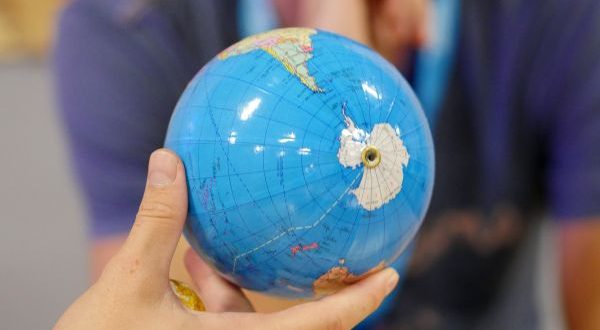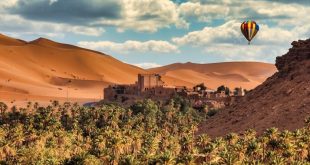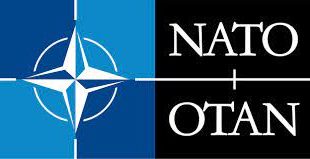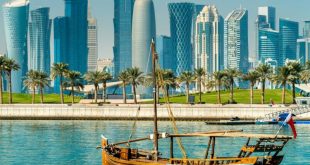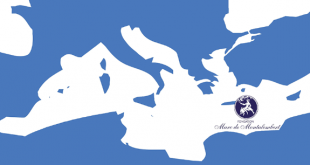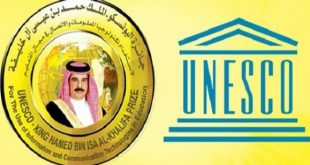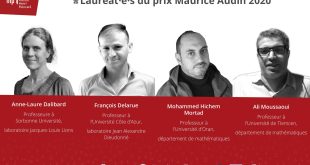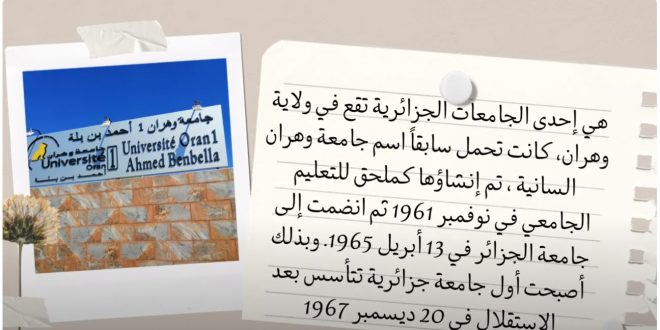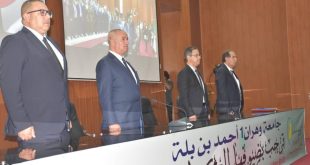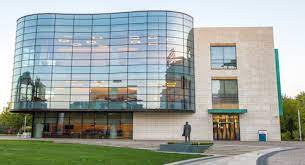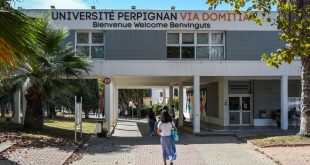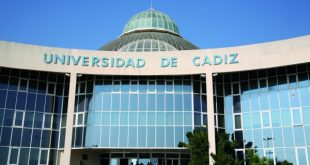معارض و صالونات : تنظيم الطبعة الـ 26 …
أكمل القراءة »-
ورشة عمل حول دمج المهارات الخضراء في التعليم العالي والبحث في مجال الطاقات المتجددة
-
فتح الترشيحات للاستفادة من برنــامج الحركية قصيــرة المدى بالخارج لســــنة 2024
-
دعوة للترشح للمسابقة الوطنية لاختيار أفضل أعمال طلبة الدكتوراه 2023/2024
-
SaConet’2024
-
إستحداث حاضنة الأعمال الرقمية المبتكرة
-
إعلان لفتح طلبات التسجيل للسكن الترقوي المدعم LPA بالنسبة للأساتذة و الموظفين
-
الترشح للدورة الثانية و الأربعون لجائزة عبد الحميد شومان للباحثين العرب
-
الطبعة الثالثة من جائزة اليونسكو الدولية-روسيا مندليف في العلوم الأساسية
-
النسخة الرابعة من برنامج المنح الدراسية «أندريه ماندوز»
دعوة لتقديم الطلبات كجزء من إطلاق النسخة الرابعة …
أكمل القراءة » -
منحة دراسية مقدمة من جامعة أذربيجان «ADA».
-
دعوة لإيداع ترشح إيراسموس+ التنقل الدولي لإعتمادات (EMIC)
-
جامعة CADIX – إسبانيا
-
برنامج المنح الدراسية «France Excellence IFA – Documentation» حول موضوع «التقنيات العالية»
-
SaConet’2024
لقاء بين الذكاء الاصطناعي والصحة الرقمية يعمل الذكاء …
أكمل القراءة » -
EDiS’2024
-
فعاليات الصالون الدولي للصناعة ،البناء ،الطاقة ،اللوجيستك والتصدير الممتد من 04 إلى 07 مارس
-
معلومات عن المراسلة المتعلقة بالمؤتمر البستاني الأوروبي الخامس في بوخارست.
-
تنظم مختبرات RIIR وLBRAP وLAPECI اليوم العلمي الثالث للزراعة الذكية III
-
هاكاثون – Hackathon
تنظم جامعة وهران 1 (هاكاثون – Hackathon ) …
أكمل القراءة » -
MTB plex هنيئا للمشروع المميز
-
جوائز كومستيك 2019
-
EDiS’2024
تفخر EDiS ‘2024 بتنظيمها بالاشتراك مع South Smart …
أكمل القراءة » -
هاكاثون – Hackathon
-
MTB plex هنيئا للمشروع المميز
-
العرض للمشاريع الممولة في إطار +ERASMUS
 Université Ahmed Ben Bella Université Oran1
Université Ahmed Ben Bella Université Oran1



